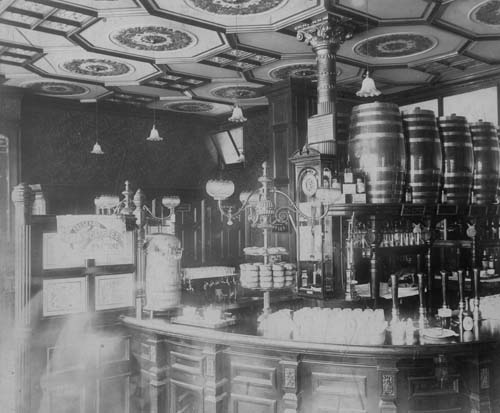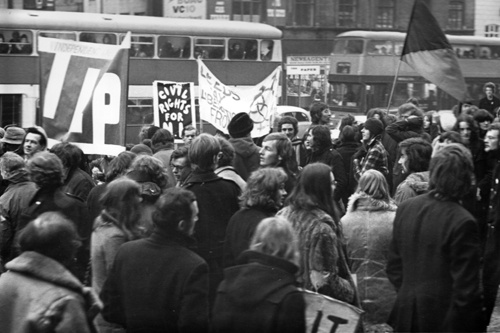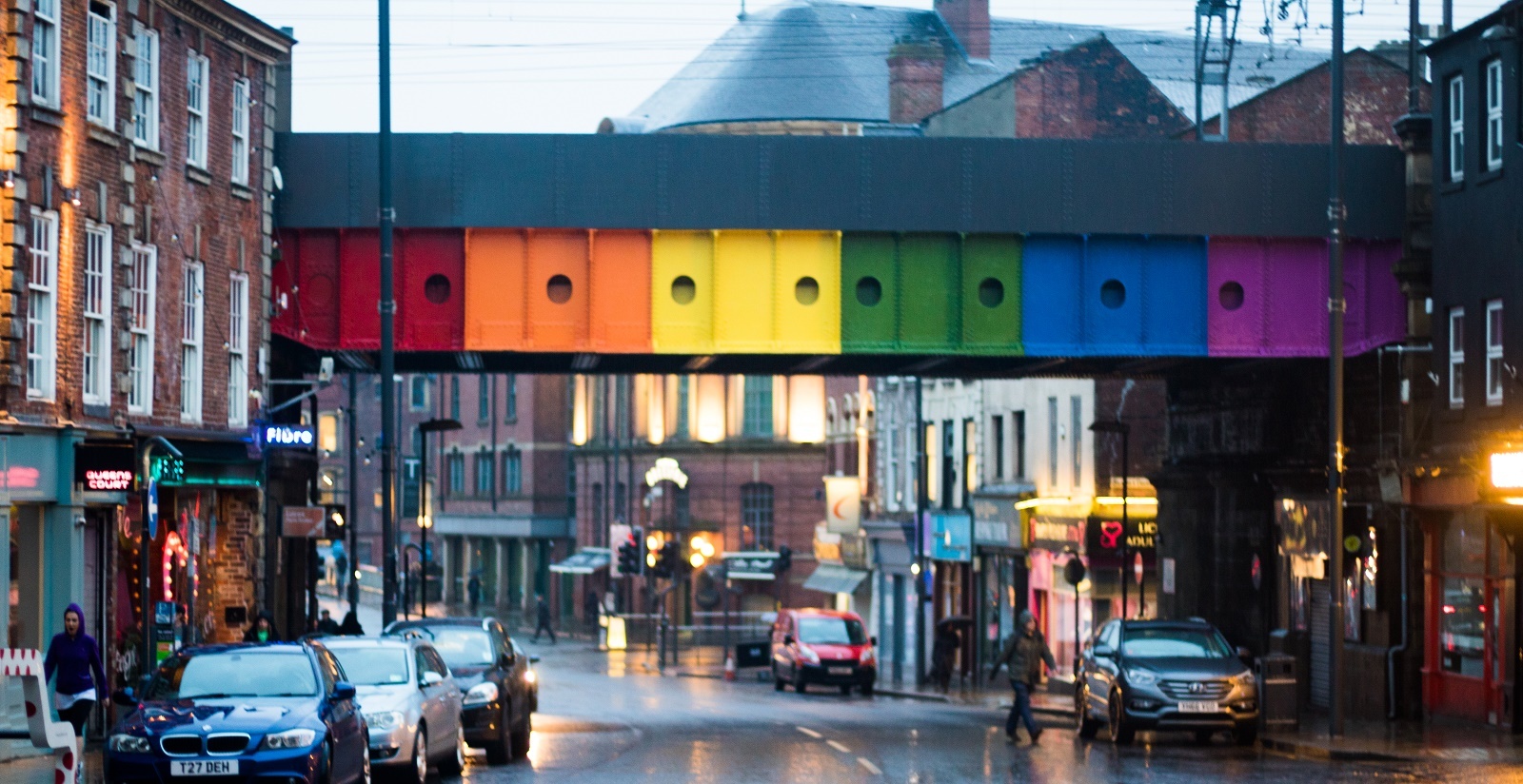February is LGBT History Month in the UK, which aims to celebrate and educate the nation on the history of the LGBTQ+ community. Stories of the queer community have often been unfairly misrepresented or even neglected, despite the LGBTQ+ community making up a large part of society. Part of this was due to Section 28 being implemented in the UK’S education system, which ran from 1988-2003, which prevented the accepting of homosexuality being taught in schools. Despite this being abolished for almost two decades, there’s still a long way to go in the teaching of queer history.

Leeds is a famously accepting city of LGBTQ+ culture, with 2012 figures estimating that around 10% of the population identify as LGBTQ+. Leeds Pride is one of the biggest events in the North of England, with tens of thousands attending every year. Thanks to projects such as West Yorkshire Queer Stories (WYQS), local history of LGBTQ+ is becoming more readily available. Here is a selection of events and landmarks in the 20th century that are principle to understanding LGBTQ+ history in Leeds.
Leeds has always had a rich gay nightlife; in the 1950’s, the Hope + Anchor pub was one of the first safe spaces in the country for members of the LGBT community. After a period of closure in the late 60’s, partly due to an attack from football fans, the venue reopened in 1975 under the name “The New Penny”.

Another safe-space for the gay community in the 1950’s was the Mitre Hotel, which became a discreet meeting place for men. In an interview for the WYQS about visitors of the pub, 77-year old gay man Barry Broadbent revealed that to advertise your sexual orientation in the hotel, you could be identified by wearing suede shoes and a cravat.

The 1970’s was an extremely active decade for LGBTQ+ people in Leeds; The University of Leeds’ branch of the Gay Liberation Front began operating in the early 70’s, attending demonstrations and protests across the country. The organization also sided with Northern Ireland after Bloody Sunday in 1972, demonstrating with them in solidarity. The University of Leeds was a progressive institution for LGBTQ+ rights in the 70’s; it also held a national convention called “Transvestitism and Transsexualism in Modern Society” in 1974, the first of its kind in the UK.

In 1982, Leeds Lesbian Line offered telephone support to gay women across the city. The 80’s was also one of the most active decades for the Swarthmore Education Centre, which at the time was the home for the Leeds branch of the Campaign for Homosexual Equality. Now known as Leeds Gay Community, in the late 20th century the group was known for their activism and protest work for gay rights. The 1980’s and 1990’s were important for the growth of gay nightlife in Leeds, with the area known as Leeds Gay Quarter (The Calls and Briggate area) expanding to include bars, pubs and clubs that were all safe spaces for the LGBTQ+ community. The 90’s were also an important decade for AIDS based activism in the city, with the pressure group Act Up Leeds taking part in various demonstrations to raise awareness.
Header image credit: PinkNews

